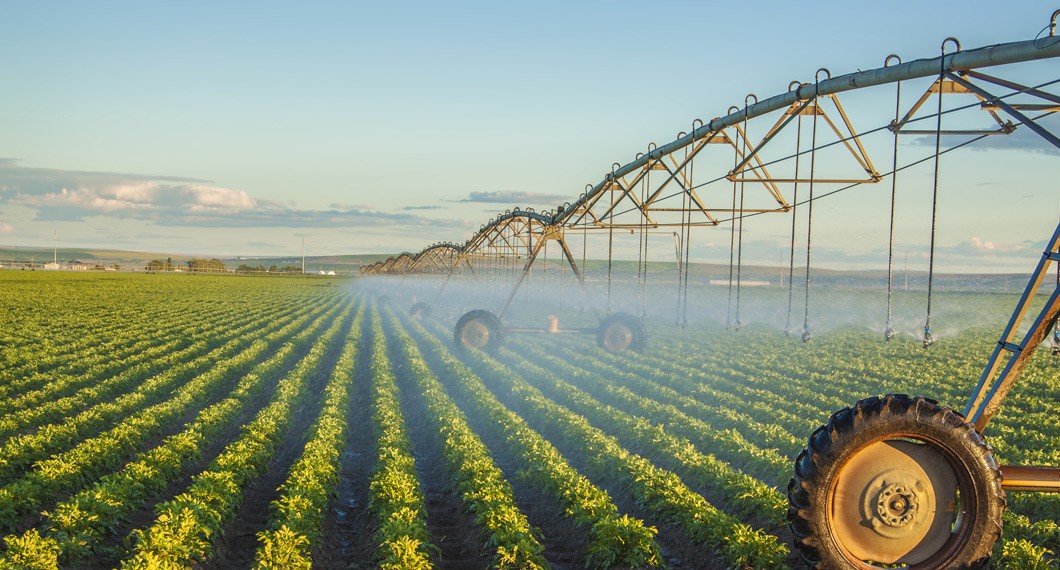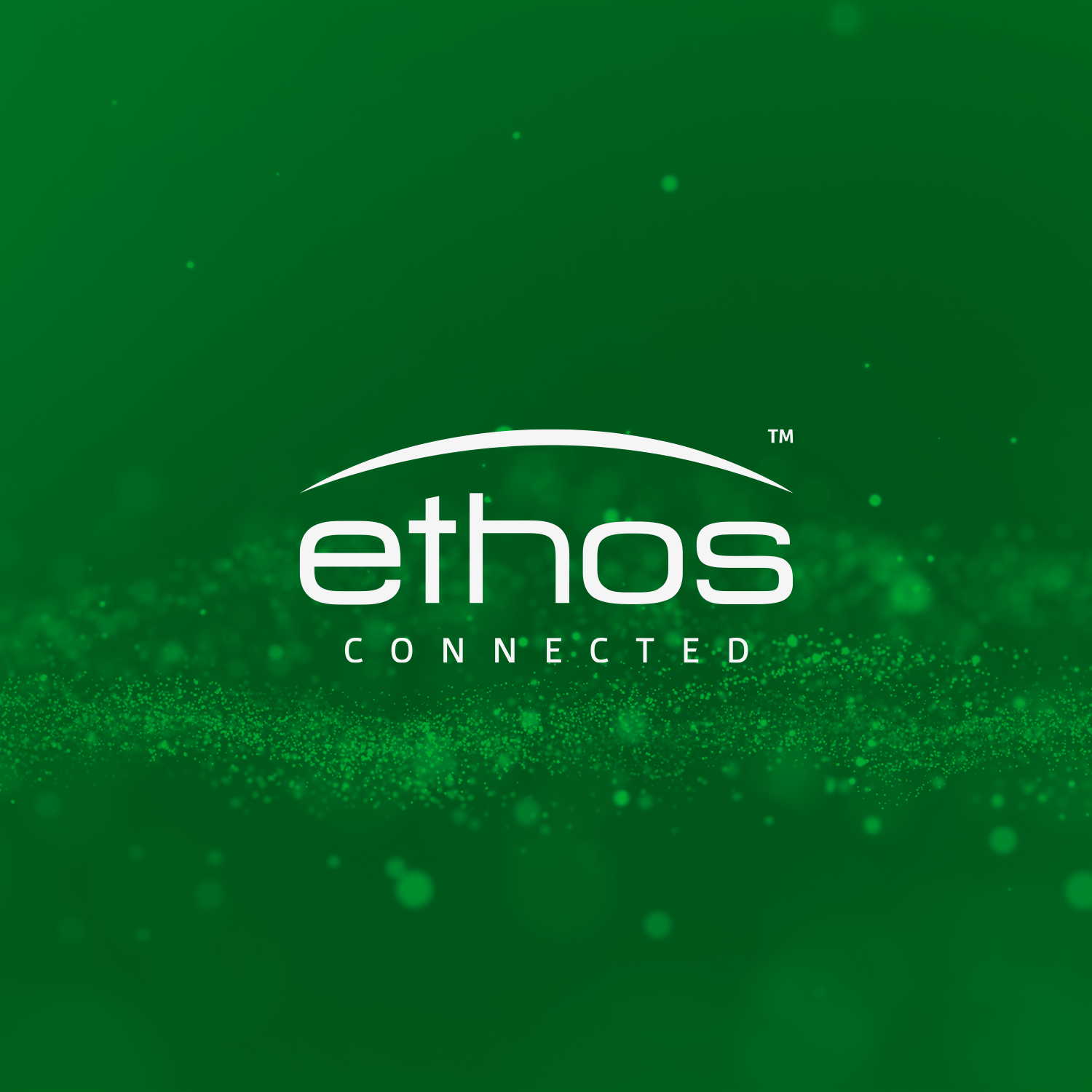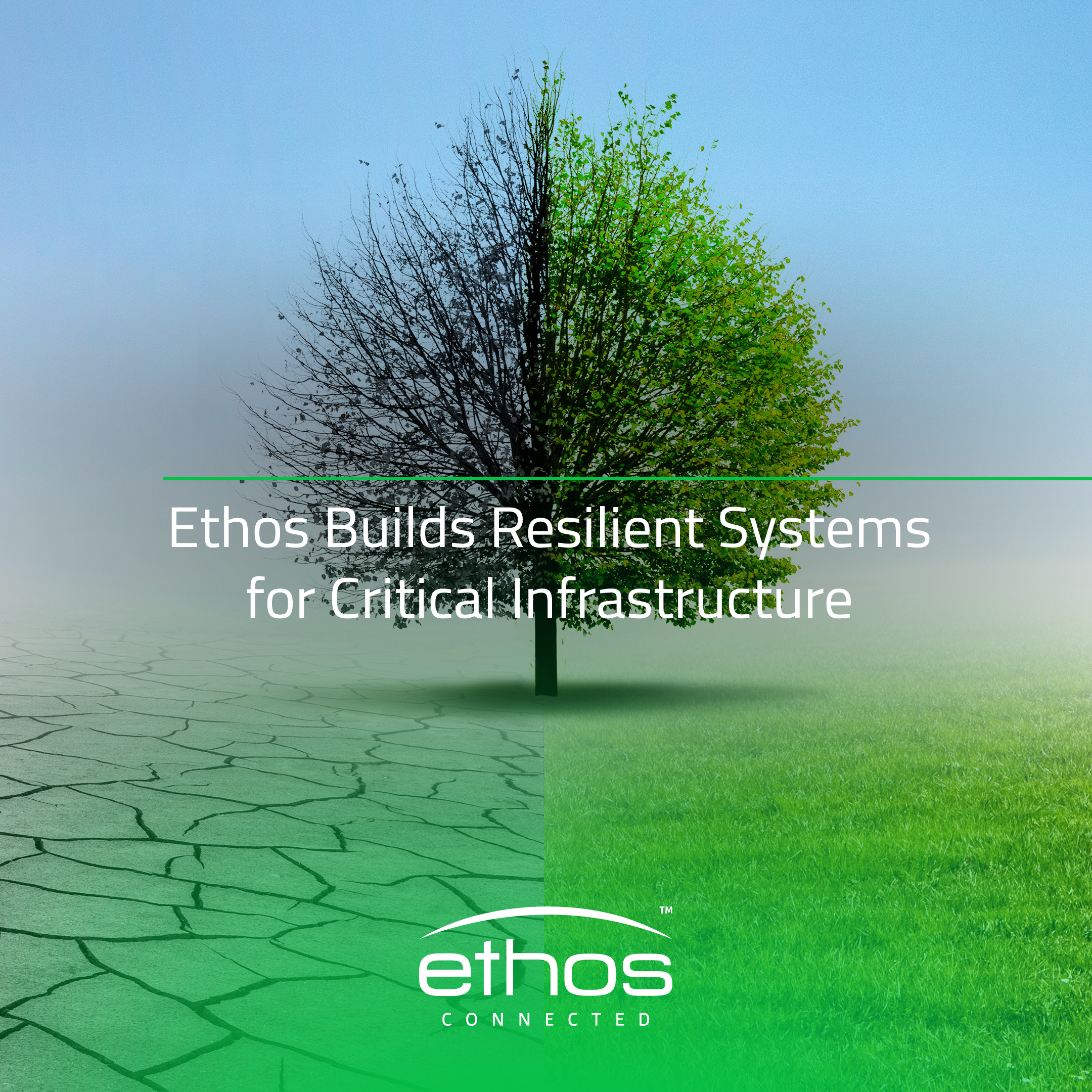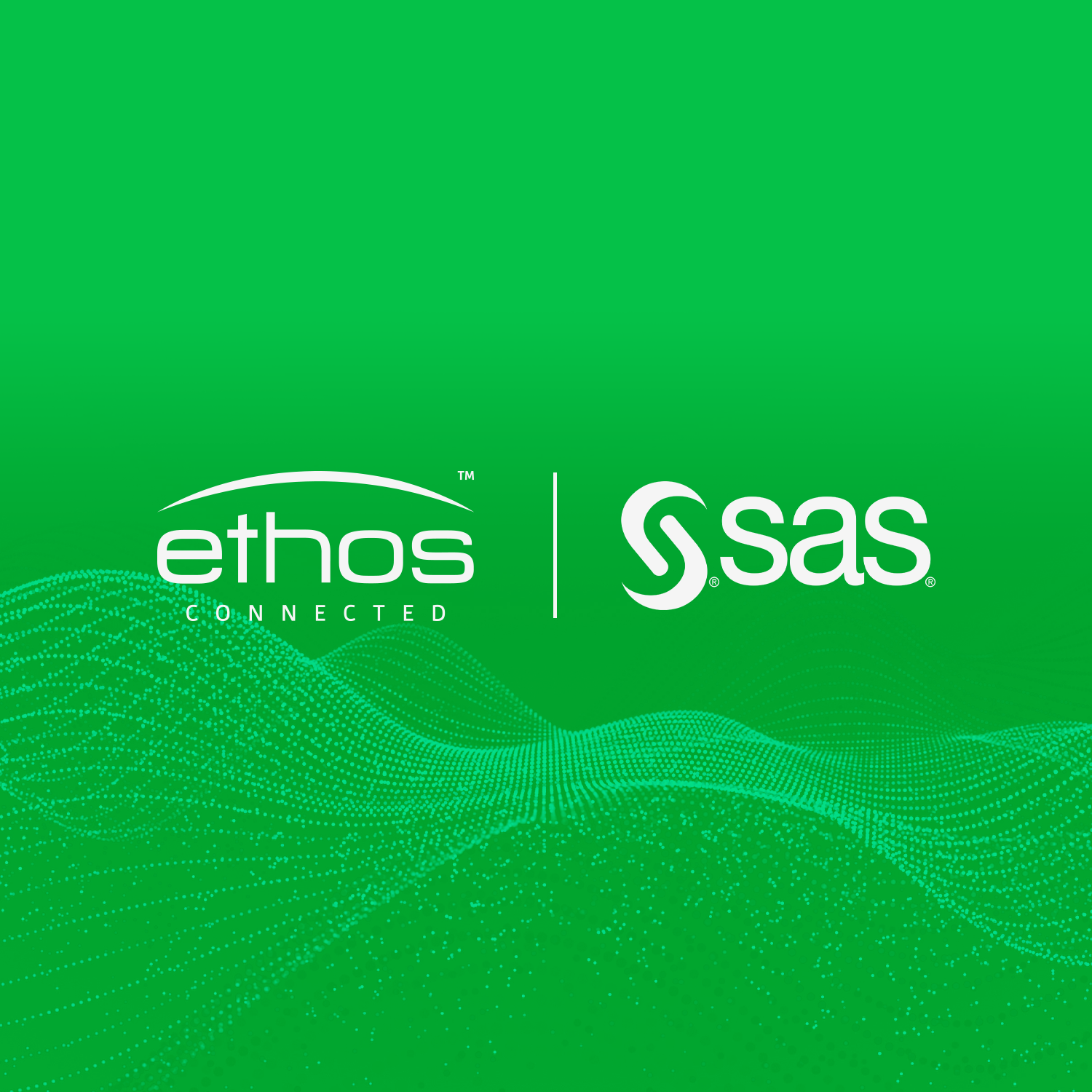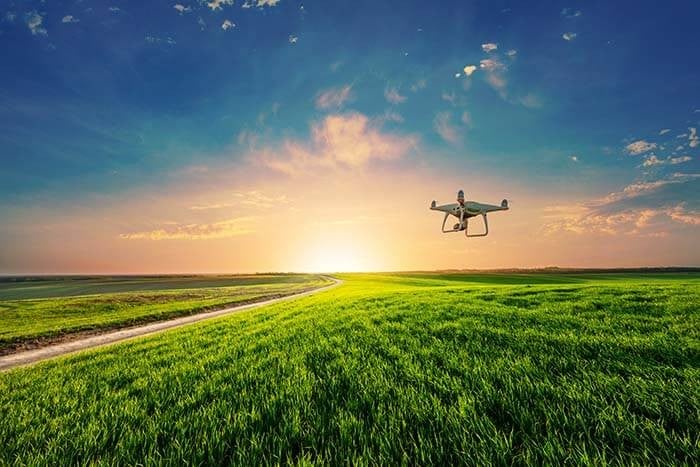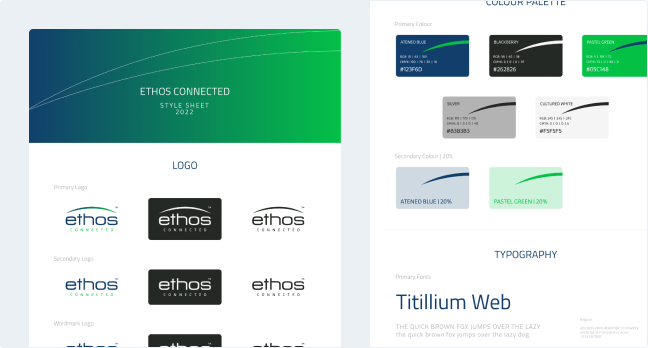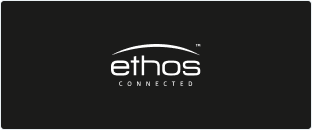/ About Ethos
Ethos Connected pioneers the transformation of rural America, revolutionizing natural resource conservation, protecting agriculture, and growing rural communities. With each innovation, Ethos fosters a resilient and vibrant rural America, ensuring a prosperous future for generations to come.
A word from our Founder & CEO
Ethos Connected is an industry leader in water management, critical infrastructure and full value agriculture. We have demonstrated the undeniable value our turn-key solutions provide our partners and the communities they serve.
This aligns with our guiding principles: protect natural resources, safeguard American agriculture and support rural communities.
— Julie Bushell, Founder & CEO
A word from our COO
From the moment I learned about Ethos Connected's mission, I knew this was where I wanted to be. Revolutionizing water management, empowering rural communities, and building a sustainable food system – that's a cause I had to get behind. I'm thrilled to work with our customers and the Ethos team to be a part of the solution and contribute to this incredible journey.
— Jonathan Lerch, COO
/ Featured
As the Western United States struggles with increasingly severe bouts of drought and extreme weather conditions, state and local governments are recognizing the need to modernize critical water infrastructure. These unprecedented conditions are...
module
01/17/2024
Words From Our Partners
We embarked on our automation journey with high hopes for the Boise Basin, but Ethos has taken us beyond our wildest expectations. Our success has been realized faster than we could have ever dreamt, and irrigators are enjoying remarkable results at a fraction of the price compared to larger infrastructure initiatives.
Mike Meyers, Watermaster
Idaho Water District 63
Water is our most precious resource; it is the lifeblood of our business, the animals we raise, and the communities we support. At Cobalt Cattle, we take pride in protecting the health of the aquifer. We leverage Ethos’ technology that provides us real-time insights so we can run our operation in partnership with the aquifer’s needs.
Joel Jarnagin, CEO
Cobalt Cattle Company
The innovation and investment in vertical integration brought forth by Ethos Connected contributes significantly to our state's growth and prosperity, marking a remarkable accomplishment towards securing our water and agriculture industry for the next seven generation. By connecting the State of Nebraska, measuring progress, implementing real-time water management, and capturing on-farm practices, Ethos has expedited our path to full value agriculture.
Jim Pillen, Governor
State of Nebraska
Working with Ethos has allowed us to significantly expand our coverage, monitoring more groundwater than ever before. Through real-time monitoring we have been able to produce more accurate models, allowing us to exceed our conservation objectives while still maintaining high allocation percentages.
Glen Bowers, Water Programs Field Coordinator
Twin Platte Natural Resources District
Ethos Connected has revolutionized the State of Idaho and the way we approach water management. Water District 63 pioneered a program, paving the way for the kind of change that will keep our families—our kids, our grandkids, and our great-great kids—in the industry that farmers like me have committed our lives to.
Scott Bedke, Lt. Governor
State of Idaho
.png?width=102&height=92&name=image%204%20(3).png)
.png?width=102&height=102&name=image%204%20(4).png)



